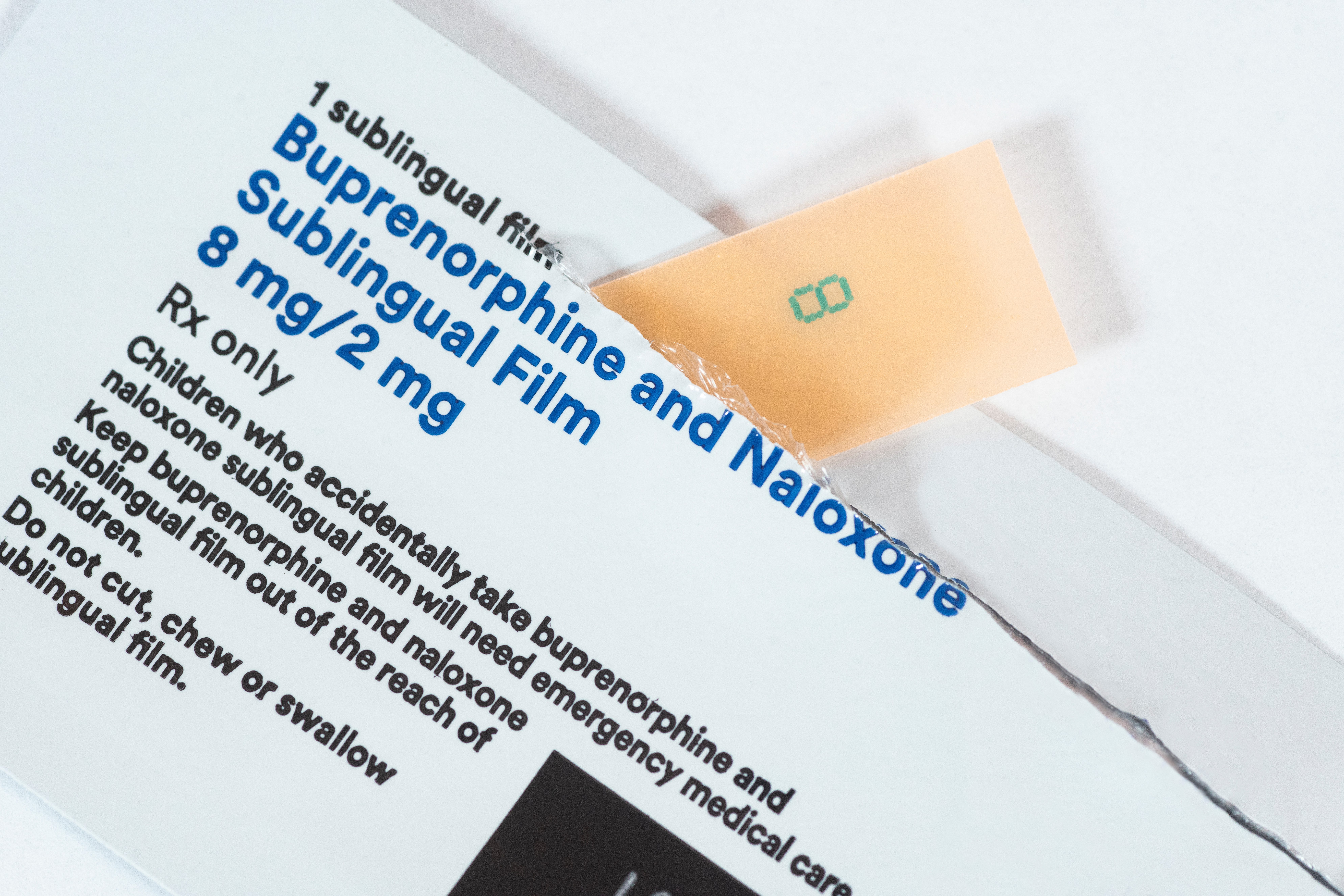One in Four U.S. Jails Offer All FDA-Approved Medications to Treat Opioid Use Disorder, According to JCOIN’s National Survey of Treatment Services in Jails
Findings from JCOIN’s Coordination and Translation Center

In a new article published in JAMA, JCOIN researchers found that 27.6% of United States jails offer all three FDA-approved medications for opioid use disorder (MOUD)—methadone, buprenorphine, and naltrexone—to select individuals, and 16.9% offer them to anyone with opioid use disorder (OUD). Providing MOUD during incarceration creates an opportunity to initiate care and supports continuity of treatment as individuals transition back into the community.1–3 The study authors reported that even within jails that offer some form of MOUD, many people do not receive recommended care while detained due to policy, regulatory, financing, staffing, and/or educational barriers.
“Jails are a key touchpoint for engaging people with opioid use disorder in treatment services,” says Dr. Lori J. Ducharme, former health scientist administrator at the National Institute on Drug Abuse. “Availability of MOUD in jails can provide an opportunity for individuals to initiate OUD treatment and ensure continuity of care as people transition between detention and the community. Making the full array of MOUD available respects patients’ needs and preferences, and can ease transitions to available community-based services.”
This study had two parts, which built on findings collected from the JCOIN National Survey of Treatment Services in U.S. Jails, which surveyed a nationally representative sample. Part 1 was administered to 1,028 jails between June 2022 and April 2023, examining the general availability of MOUD in jails within the past 12 months. The findings were published in September 2024, with a summary available here. Part 2 included a sample of 462 jails that reported offering MOUD.
Results from the Part 2 survey, conducted between February and July 2023, targeted jails that reported offering at least one type of MOUD within their facilities in Part 1. The goal of this study was to provide a deeper look into MOUD availability in U.S. jails. Specifically, the survey examined how and to whom MOUDs were provided, external factors associated with providing all three types of medication, and what additional supports were needed for jails to provide these life-saving medications. Among the 462 jails invited to participate, just over half (N = 265) completed the follow-up survey responses and were included in the final analysis.
Key findings include:
- Availability of all FDA-approved MOUDs: 27.6% of jails offer all three types of MOUD to select individuals, and 16.9% offer all forms to anyone with OUD.
- Factors associated with the availability of all MOUD types: Availability was positively associated with jails being situated in more urban counties or in a Medicaid expansion state, their county opioid overdose rate, their county social vulnerability, and whether a healthcare professional was available to administer MOUD.
- Type of MOUD: Among jails that offer at least one type of MOUD, 65.3% provided buprenorphine, 45% provided methadone, and 52% provided naltrexone. Specific data on the number of jails offering two MOUD types is not available; the extent of overlap was not reported.
- Populations provided with MOUD: At least one form of MOUD was most commonly provided to anyone who was already taking MOUD at the time of incarceration (79.7%) and to pregnant people receiving MOUD at the time of incarceration (70.9%). Fewer jails extended MOUD access to anyone with OUD (43.7%) and to individuals within several months of release (20%).
- Policy and procedure barriers: Many jails reported policies and procedures as a top challenge for implementing both buprenorphine (78.7%) and methadone (73.5%). Reported challenges included concerns about Drug Enforcement Agency regulations; prohibitive state, county, or jail policies and regulations; security and diversion of medications within jails (e.g., the sale or trade of MOUD for unauthorized use); policies restricting who can receive medication; funding or cost; and jails not hosting a licensed Opioid Treatment Program.
- Policy facilitators: At least half of the jails reported that their existing policies and procedures supported the provision of MOUD.
- Staffing shortages: The need for more medical staff was noted by 60.7% of jails.
- Education and stigma: A need for training on substance use disorders and evidence-based treatments was expressed by 57% of jails. One-third of jails reported needing support in addressing stigma and negative attitudes around MOUD.
- Initiation and continuation: Few jails that offer buprenorphine or methadone provide both initiation for new patients and continuation for those already receiving MOUD in the community. Most provide only for continuation.
This summary highlights select findings from “Barriers to Universal Availability of Medications for Opioid Use Disorder in U.S. Jails,” authored by Elizabeth Flanagan Balawajder, et al. (full citation below). To read the full study, visit: https://doi.org/10.1001/jamanetworkopen.2025.5340
References:
- Cates, L., & Brown, A. R. (2023). Medications for opioid use disorder during incarceration and post-release outcomes. Health & Justice, 11(1), 4. https://doi.org/10.1186/s40352-023-00209-w
- Degenhardt, L., Larney, S., Kimber, J., Gisev, N., Farrell, M., Dobbins, T., Weatherburn, D. J., Gibson, A., Mattick, R., Butler, T., & Burns, L. (2014). The impact of opioid substitution therapy on mortality post-release from prison: Retrospective data linkage study. Addiction (Abingdon, England), 109(8), 1306–1317. https://doi.org/10.1111/add.12536
- Flanagan Balawajder, E., Ducharme, L., Taylor, B. G., Lamuda, P. A., Kolak, M., Friedmann, P. D., Pollack, H. A., & Schneider, J. A. (2025). Barriers to universal availability of medications for opioid use disorder in U.S. jails. JAMA Network Open, 8(4), e255340. https://doi.org/10.1001/jamanetworkopen.2025.5340
- National Academies of Sciences, Engineering, and Medicine; Health and Medicine Division; Board on Health Sciences Policy; Committee on Medication-Assisted Treatment for Opioid Use Disorder, Mancher, M., & Leshner, A. I. (Eds.). (2019). Medications for opioid use disorder save lives. National Academies Press (U.S.). https://pubmed.ncbi.nlm.nih.gov/30896911/